How do companies measure growth without plenty of spreadsheets? This is their question. The distribution of performance management has gone way beyond annual reviews. In the present time, the HR tools occupy the pivotal role in the process of rendering it seamless, data-driven, and more significant to both the manager and the employees.
Why Performance Management Needs a Shift
Conventional ways are usually not comprehensive. Feedback becomes slower, reviews are intermittent, and goals become blurred. Working in a competitive office where it takes one or once in a year to trace progress is no longer effective. Workers want transparency and a constant feeling of feedback. Organisations want quantifiable outputs of strategy. Performance management systems come in here.
Role Of HR Tools In Performance Management
Modern HR software is not just a record-keeping system. It acts as the engine that drives employee engagement and business alignment. By automating processes, HR tools bring consistency and transparency. Teams feel guided while managers gain access to actionable data.
Key Benefits At A Glance
● Real-time feedback to replace delayed evaluations
● Automated goal tracking aligned with business objectives
● Data analytics for accurate performance insights
● Reduced bias through standardized evaluations
● Seamless integration with payroll and learning platforms
These features ensure performance management is no longer a manual chore but a streamlined process.
Automating Feedback And Reviews
Frequent check-ins are encouraged by HR tools. Employees no longer wait months for recognition. Automated reminders help managers share feedback regularly. This culture of ongoing conversations boosts productivity and makes growth measurable.
Peer feedback modules are also gaining traction. They allow colleagues to share constructive input instantly. This way, performance evaluations reflect a 360-degree view, not just one manager’s perspective.
Goal Setting And Progress Tracking
Clarity of goals can decide team success. Automated performance management systems allow SMART goals to be set, tracked, and updated in real time. Employees see how their work connects with organizational objectives. Managers can spot gaps before they widen.
Dashboards simplify this process. Visual progress reports highlight achievements and delays. With HR analytics, patterns become visible, helping leaders adjust strategies.
Using HR Analytics For Smarter Decisions
Data is the strongest ally in modern HR. From identifying high performers to predicting attrition risks, HR analytics embedded in performance tools empower decision-making. Leaders can allocate training budgets wisely. Managers can align individual performance with business outcomes.
By turning raw numbers into insights, organizations reduce guesswork. The result is a workforce strategy backed by evidence, not assumption.
Conclusion
Automating performance management with HR tools is no longer optional. It has become an essential practice to keep organizations agile. When used effectively, these tools bridge the gap between employee growth and business success. Performance becomes measurable, feedback becomes continuous, and strategy becomes actionable.
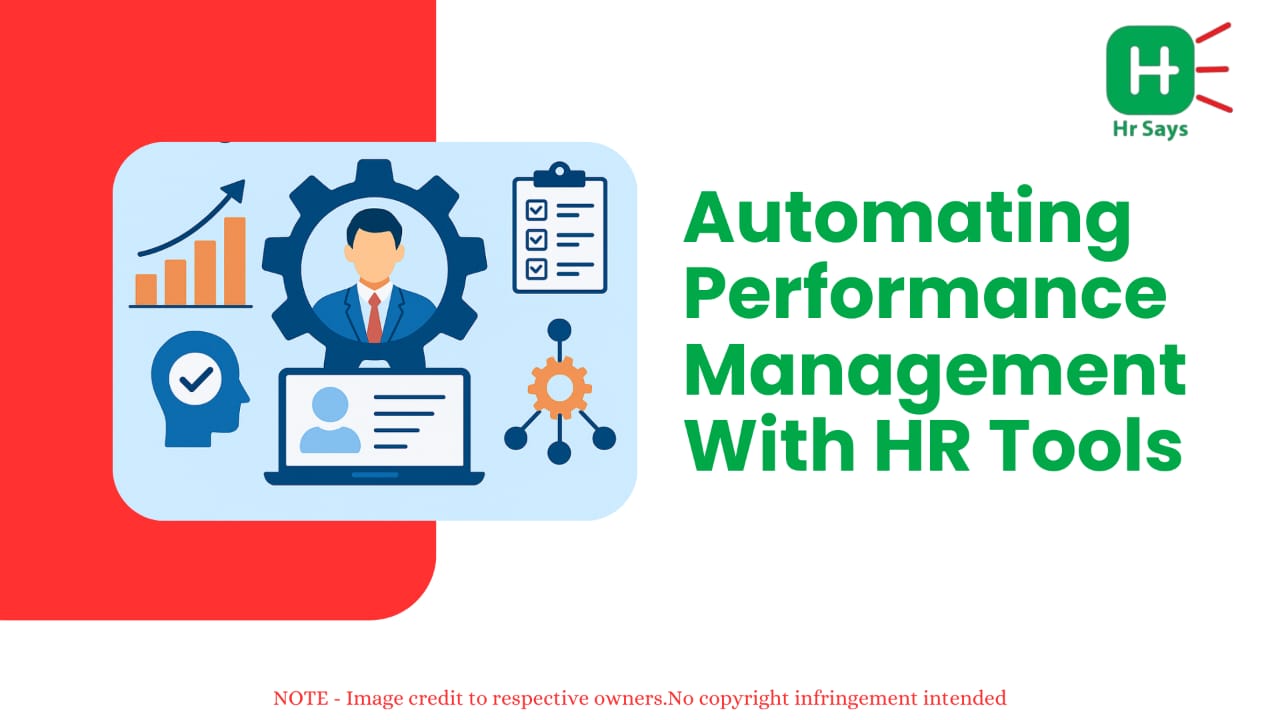
 Performance management is evolving with HR tools that automate reviews, track goals, and provide analytics. This shift ensures transparency, reduces delays, and strengthens employee alignment with business strategy. Automation makes feedback continuous and decisions data-driven.
Performance management is evolving with HR tools that automate reviews, track goals, and provide analytics. This shift ensures transparency, reduces delays, and strengthens employee alignment with business strategy. Automation makes feedback continuous and decisions data-driven.




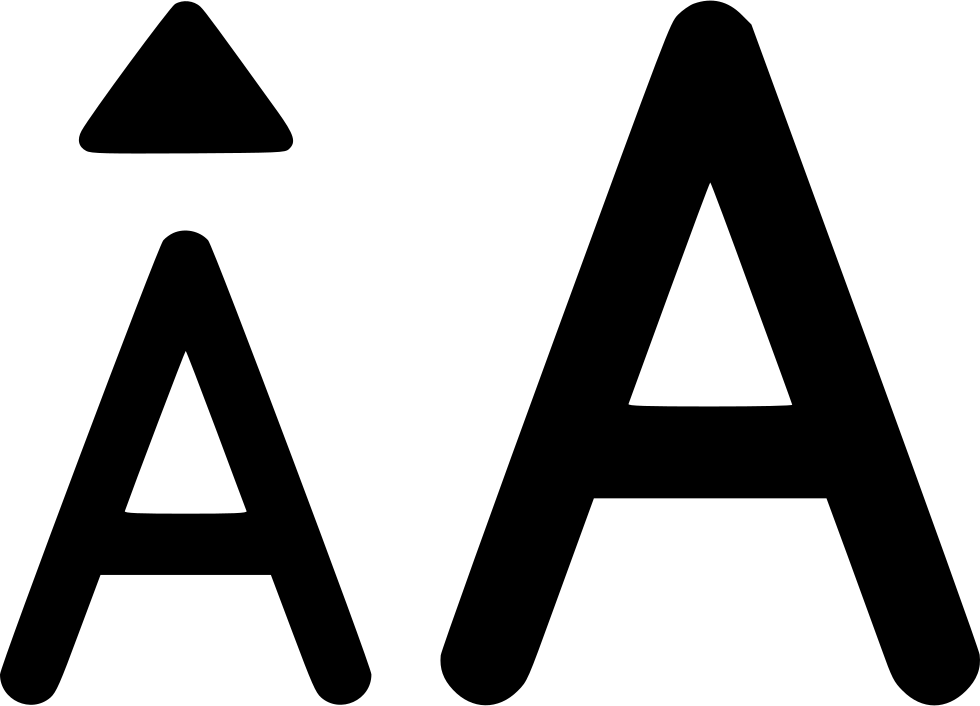


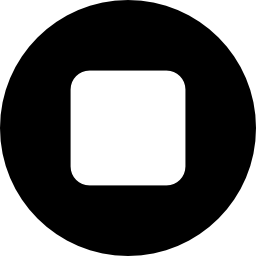

.jpeg)
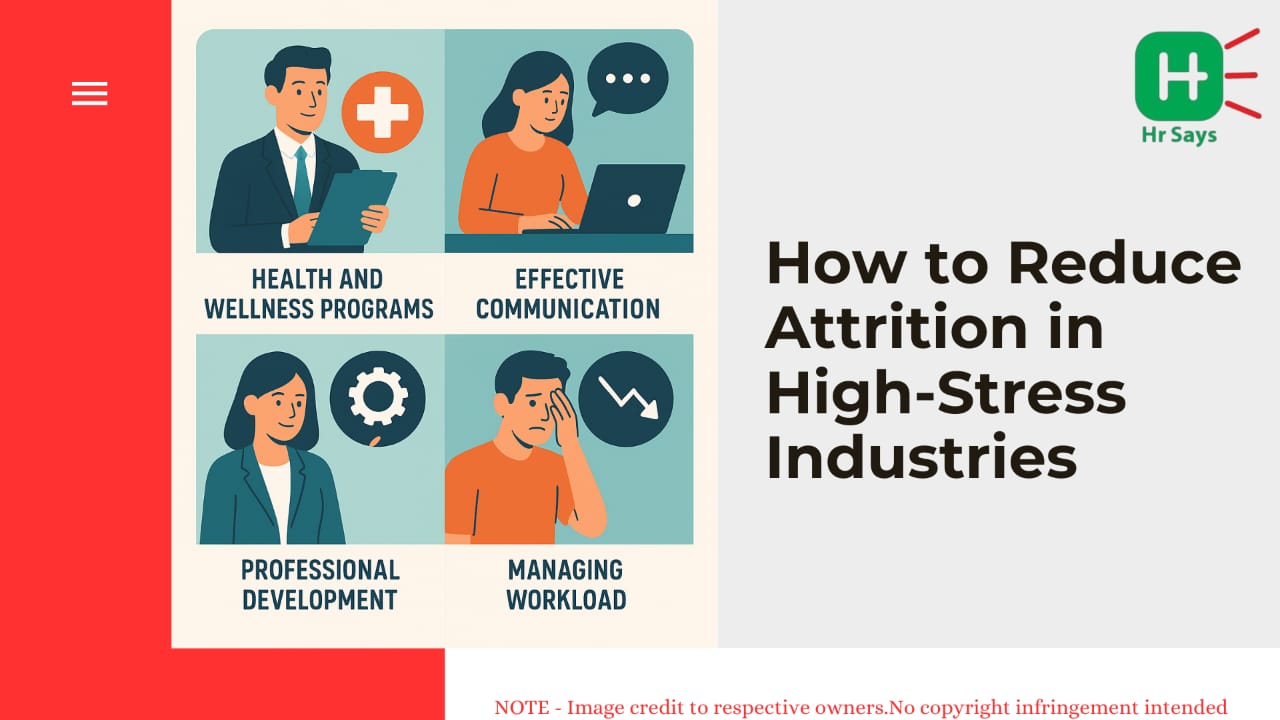

.jpeg)

.jpeg)



.jpeg)
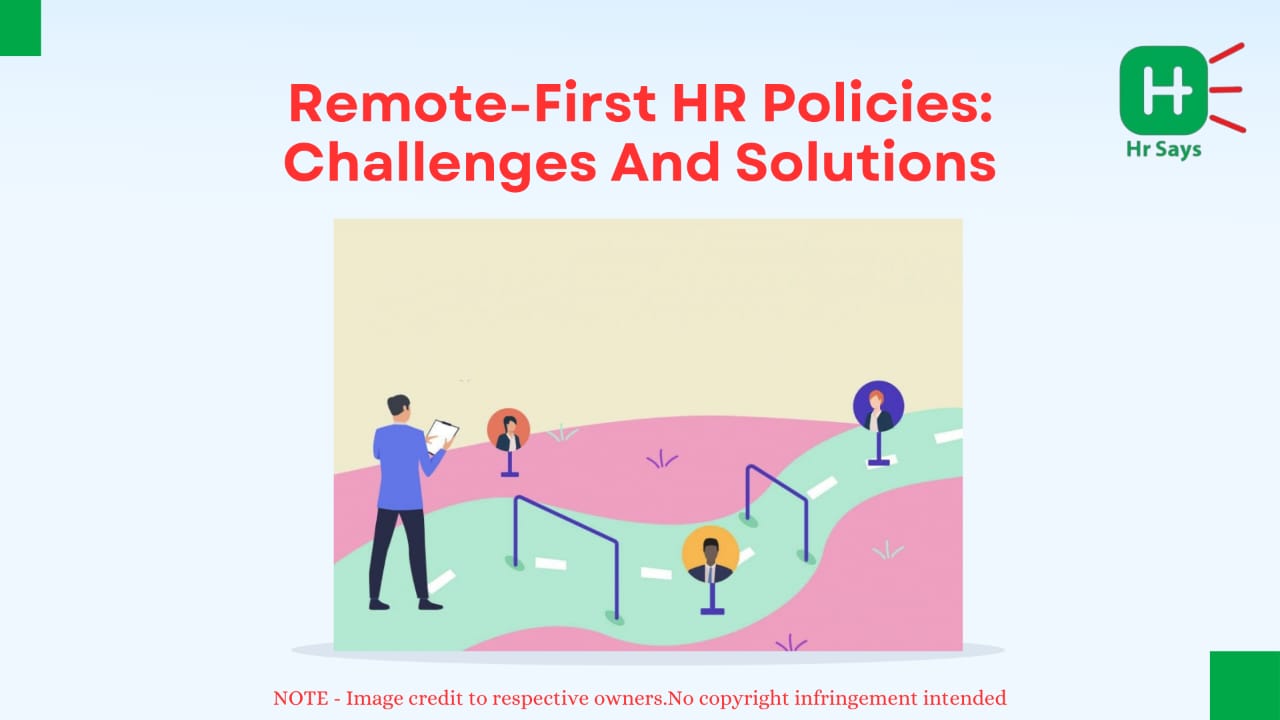


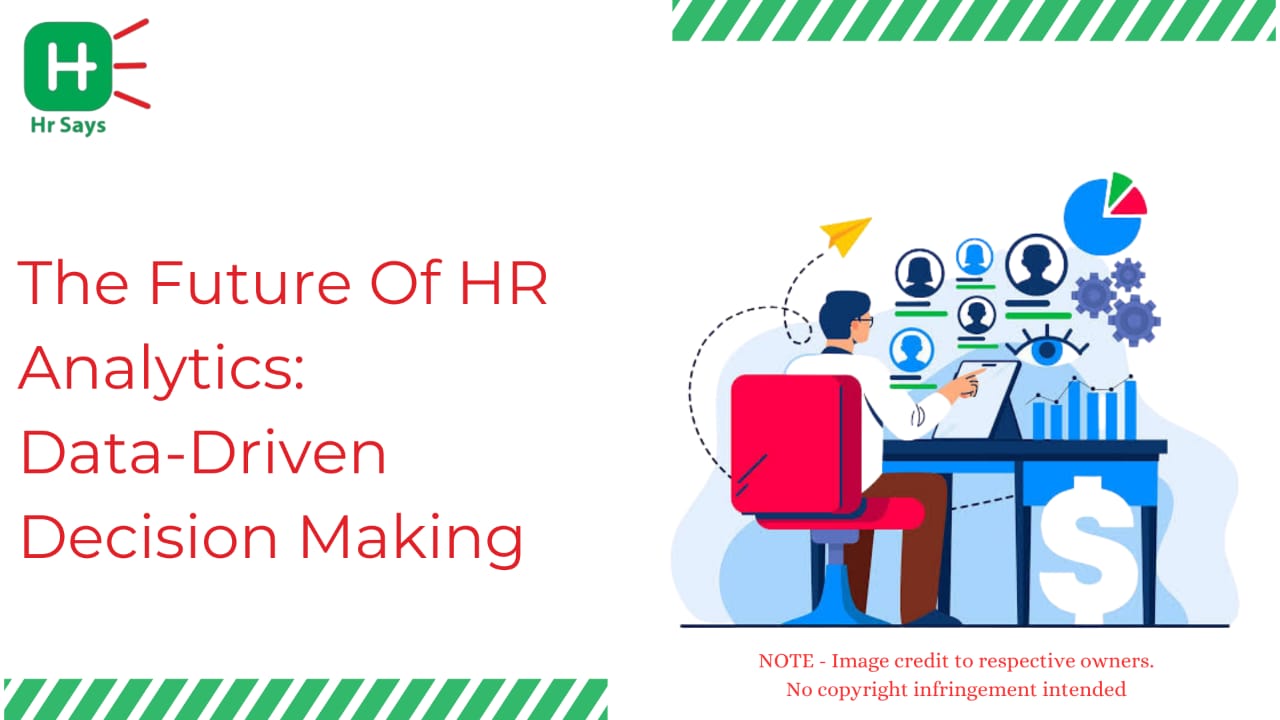
.jpeg)
